Chocolate starts as cacao beans that are fermented, dried, roasted and ground up. This is melted into “chocolate liquor”, which is then separated into two parts: non-fat cocoa solids and fatty cocoa butter. The cocoa solids (along with sugar and maybe some milk) are the basis for chocolate bars, while the cocoa butter might also make its way into chocolate bar, as well as various beauty products. Cacao beans are shipped all over the world and is used to create delicious chocolates by roasting the beans and adding other ingredients to get the chocolate makers’ desired characteristics.
Types of chocolate
Milk chocolate contains only 10-40% cocoa solids, combined with sugar and milk solids. I think we’re all pretty familiar with this one! Best used for decorating, the low cacao content isn’t ideal for baking.
Dark chocolate contains 70% cocoa solids or higher. The provenance of the cacao bean can drastically alter the flavour the chocolate; however, all will contain the same cacao-to-sugar ratio. Dark chocolate is perfect for brownies, cakes, mousses and other rich chocolate desserts.
White chocolate contains no cocoa solids, but is instead made from the cocoa butter along with some sugar and sometimes vanilla. A lot of chocolatiers don’t consider white chocolate to be true chocolate, but it’s my go-to for blondies, Rice Krispie squares and for decorating.
Semisweet and bittersweet are interchangeable terms, which has confused me in the past. This means the chocolate has to be a minimum of 35% cocoa (which, ironically, makes it very sweet).
Cocoa powder is made of 100% cacao with zero sugar. It is in a powder form as there is not cocoa butter to keep it together. Cocoa powder is primarily used in baking, as it is very bitter. Great for adding an extra punch of chocolate to a sponge or brownies.
Unsweetened chocolate/baking chocolate contains 100% cacao and no sugar. It is held together by cocoa butter. Unsweetened chocolate is perfect for baking. Nowadays people usually use bittersweet chocolate for baking, which contains 60% cacao and 40% sugar. This is ideal for baking; not so tasty for enjoying on a Saturday night.
Cacao nibs are made from 100% pure cocoa, these tiny pieces of roasted cocoa beans and they are very potent. These are great for infusing milk or cream.
Quality check
Good-quality chocolate has a glossy finish and snaps well when broken. It will have an intense taste and the perfect melt-in-the mouth feel. Chocolate of a poorer quality will look dull and may have grey or white streaks in it; this is known as chocolate bloom. Bloom is caused by the crystallisation of the sugar, which causes it to come to the surface when exposed to humidity. While still perfectly edible, the chocolate will melt to a grainy mess, so it’s not suitable for baking. Blooming can happen to any chocolate as it gets older; just eat it before that happens!
Cheaper chocolate is often made with vegetable fats that can affect taste, texture and shine. Cheaper chocolate does do the job for certain bakes but, if you really want to pack in that chocolatey taste, do spend that bit extra on a good-quality bar.
What does chocolate do for your bakes?
Obviously, we bake with chocolate because it tastes so good — what would brownies and chocolate chip cookies be without it? However, chocolate does a lot more for baked goods than flavour them.
It provides structure: Baked goods are a careful balance of structural ingredients. Chocolate has a lot of fat and it adds more structure to baked goods. Cakes or cookies with cocoa powder need less our than those without.
It adds texture: What makes mousse, buttercream and ganache so addictive? Fat! And the more fat you add, the smoother and creamier they will be. High-fat chocolate enhances those creamy textures in dairy-based chocolate treats like mousse.
It absorbs moisture: Flour soaks up the water in eggs, butter, and milk, which you need for a solid baked good. Cocoa powder does the same, and it can absorb more liquid than flour. This means that, if you’re adding cocoa to a cookie or cake, you can decrease the flour.
Two methods for melting chocolate
In the microwave: Melting in the microwave is the faster of the two methods, but requires eagle-eyed attention — it is crucial to keep an eye on your chocolate, as it can burn quickly. Place the chocolate in a heatproof bowl and microwave for only 30 seconds at a time, stirring after each time. Once the chocolate is looking almost melted with just a few lumps, don’t microwave it again — just stir the chocolate until it is completely smooth. Adding a tablespoon of coconut or vegetable oil before microwaving can help chocolate melt more smoothly and makes it the perfect consistency for dipping.
Over a bain-marie: Place a heatproof bowl over a pot of barely simmering water (known as a bain marie). Be sure that the bottom of the bowl is not touching the water. Break your chocolate into squares, add to the bowl and allow it to melt. Stir the chocolate occasionally and remove the bowl from the pot once melted. Be careful not to splash any water into the chocolate, as it will seize.
Chocolate and caramel tart
Sweet and salty are a combo that cannot be topped — except for on this dish, where it’s literally topped with sea salt!
Tea cake cupcakes
Whether you’re hosting an afternoon tea or just wanting a quick treat, these cupcakes are sure to hit the spot!
NYC chocolate chip cookies
Travel around the world with this American-style cookie that will be a new comfort favourite.
Dark chocolate layer cake
Layers and layers and layers! There’s no escaping the chocolate here!
Check out more chocolate recipes here!
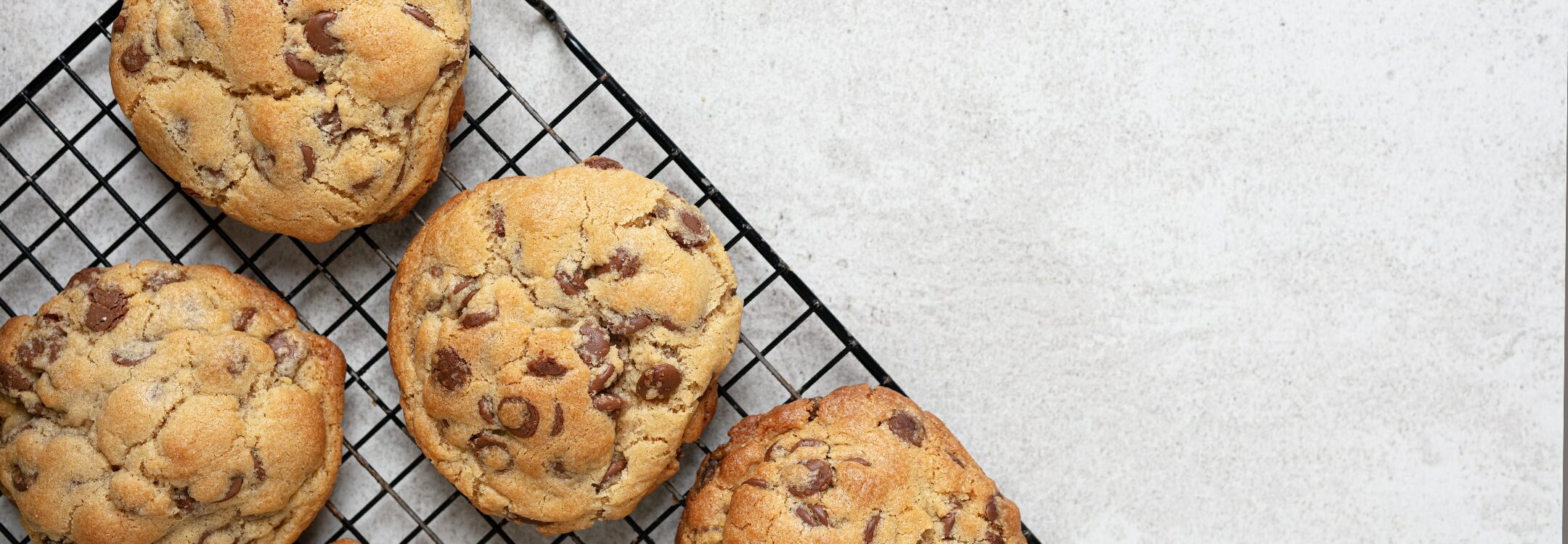
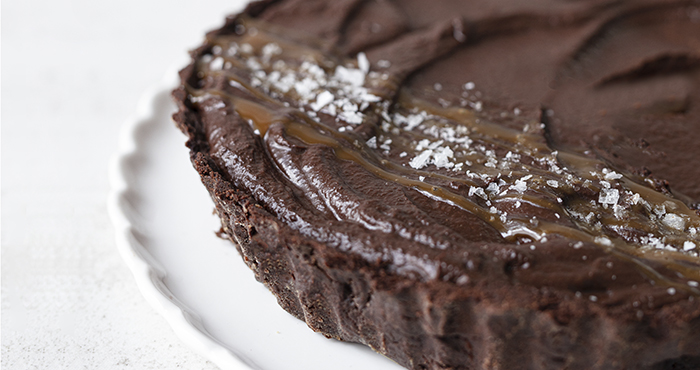
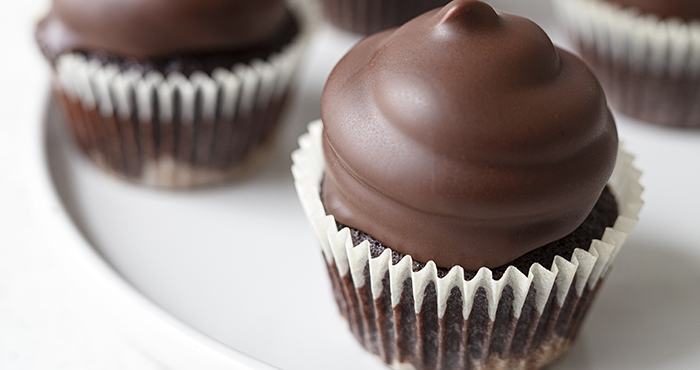
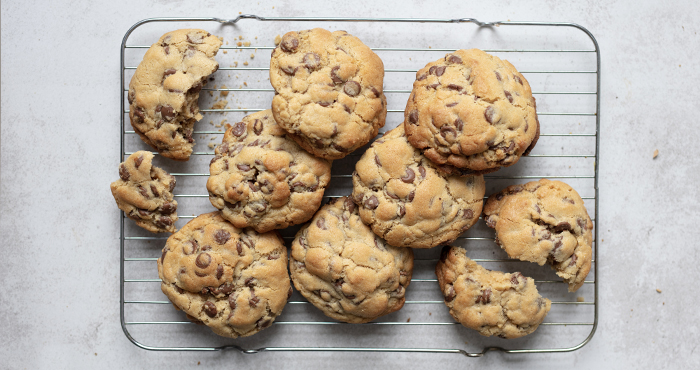

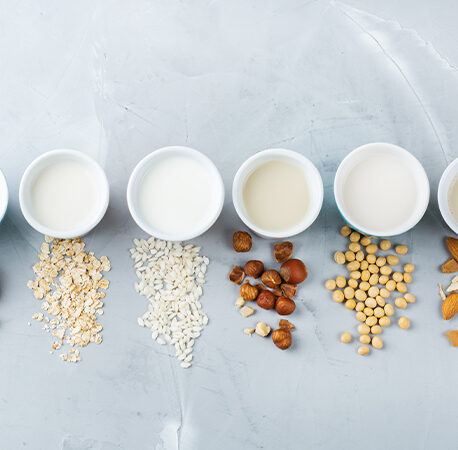
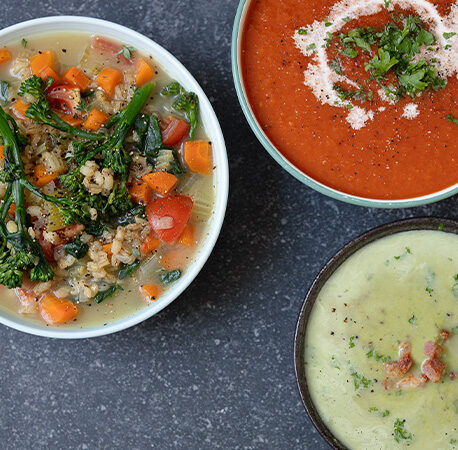
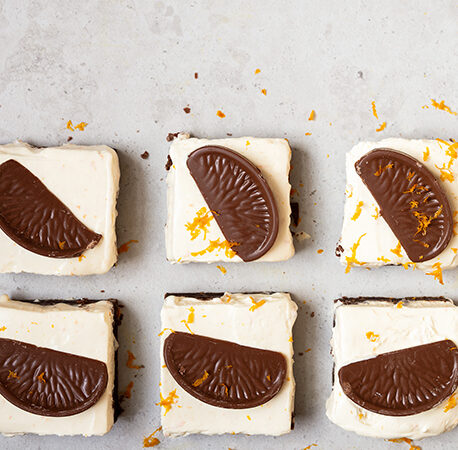
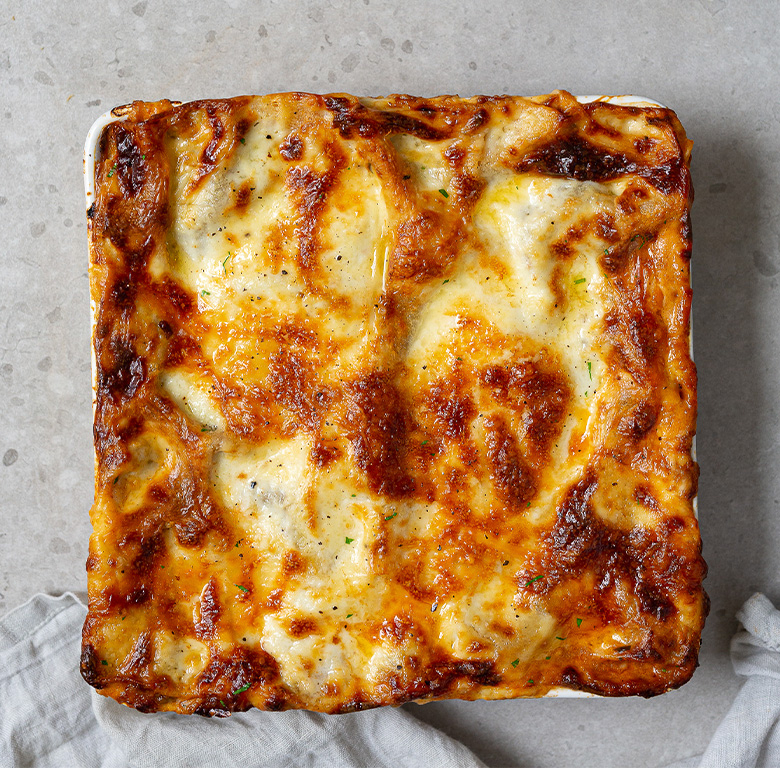

You have to be signed in to comment this post.